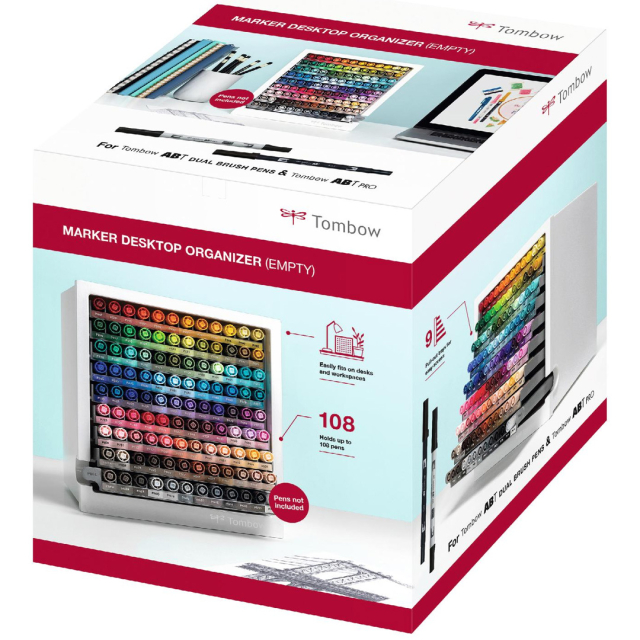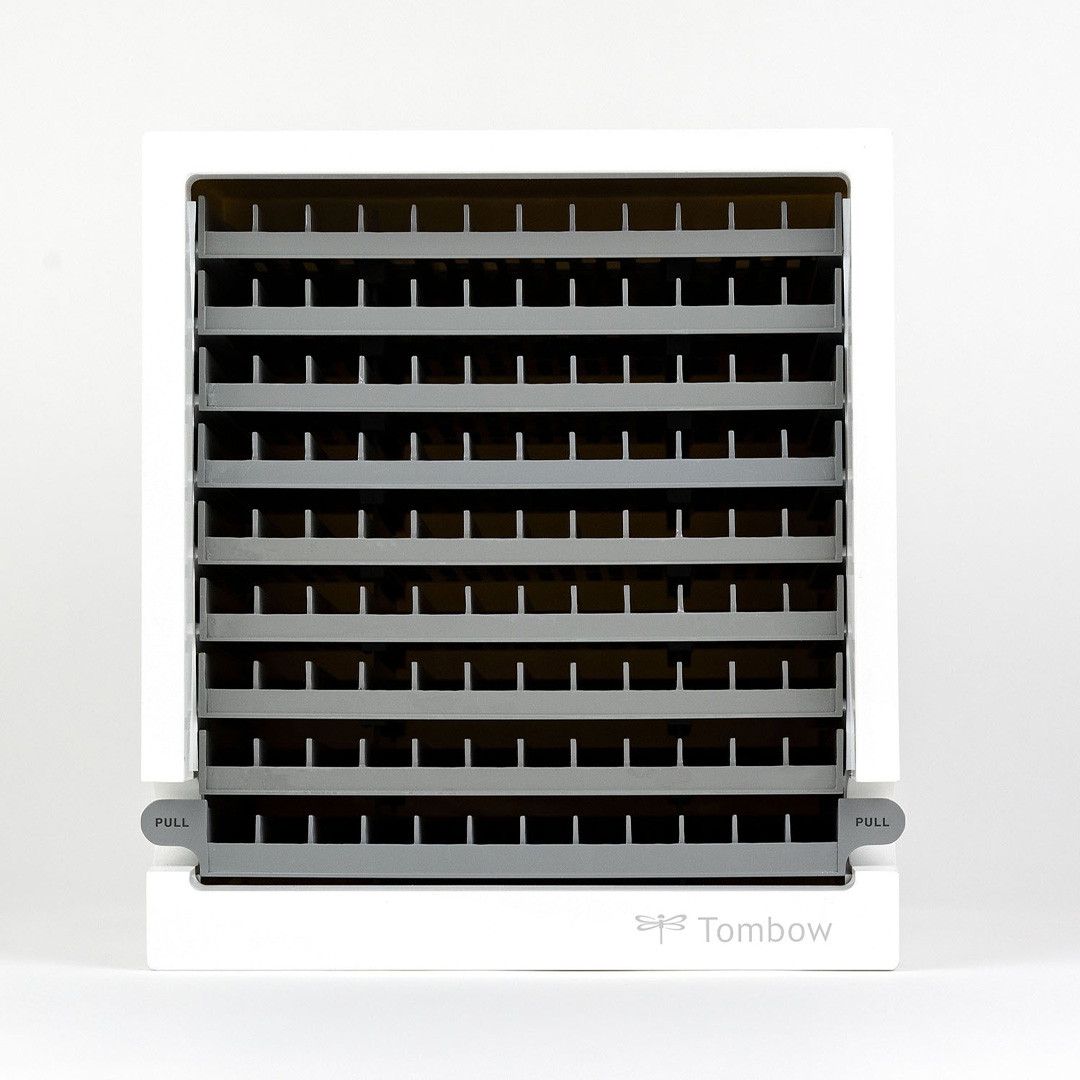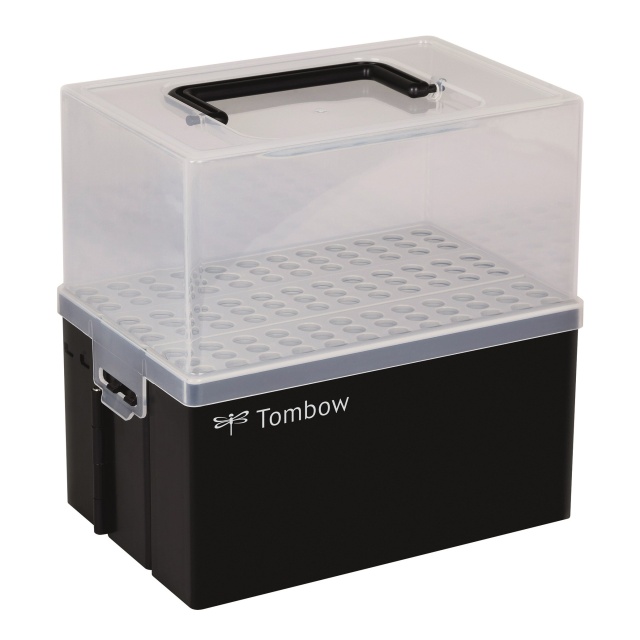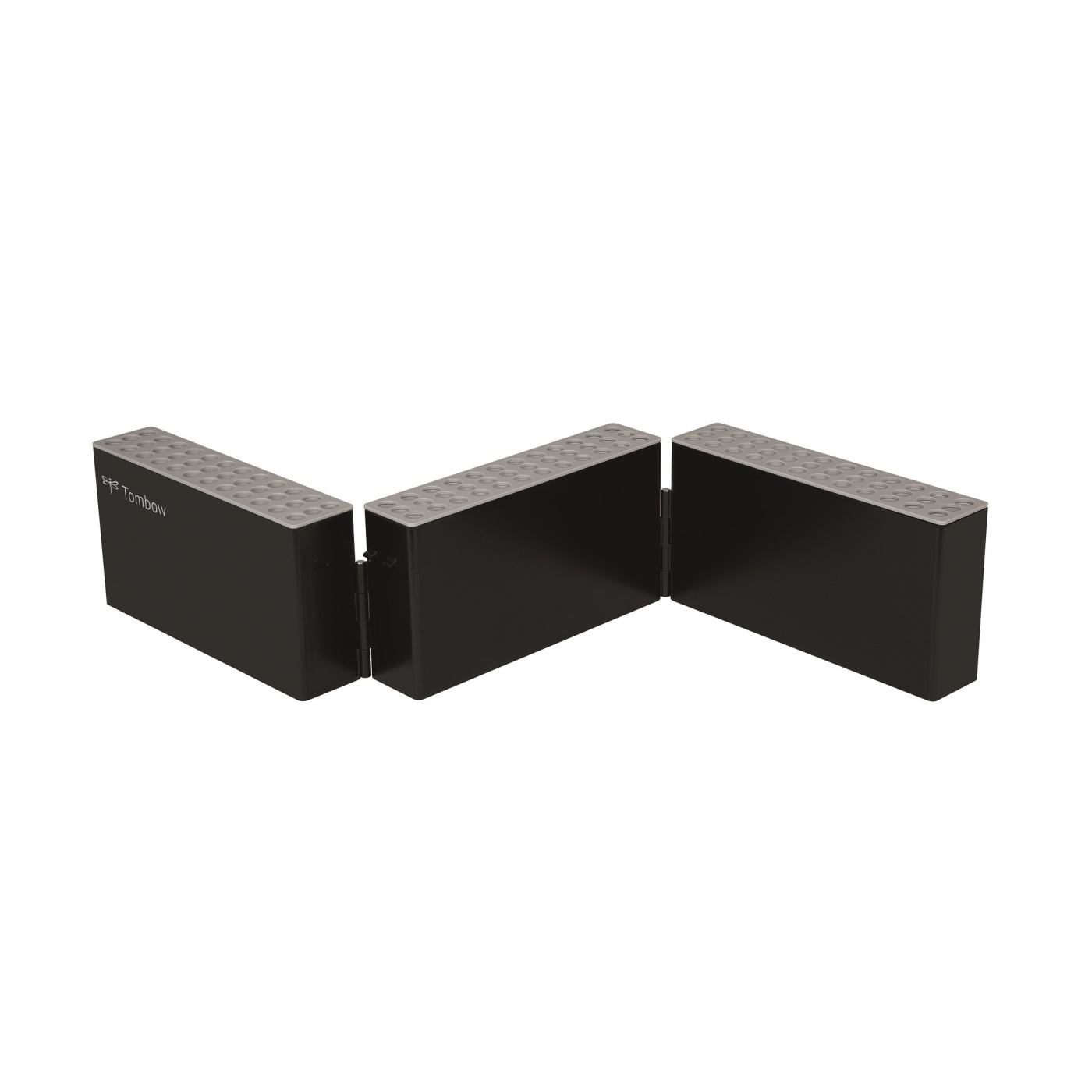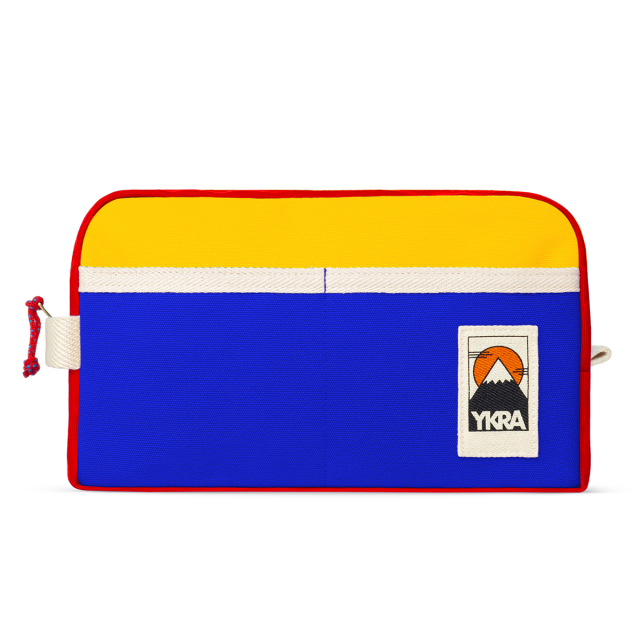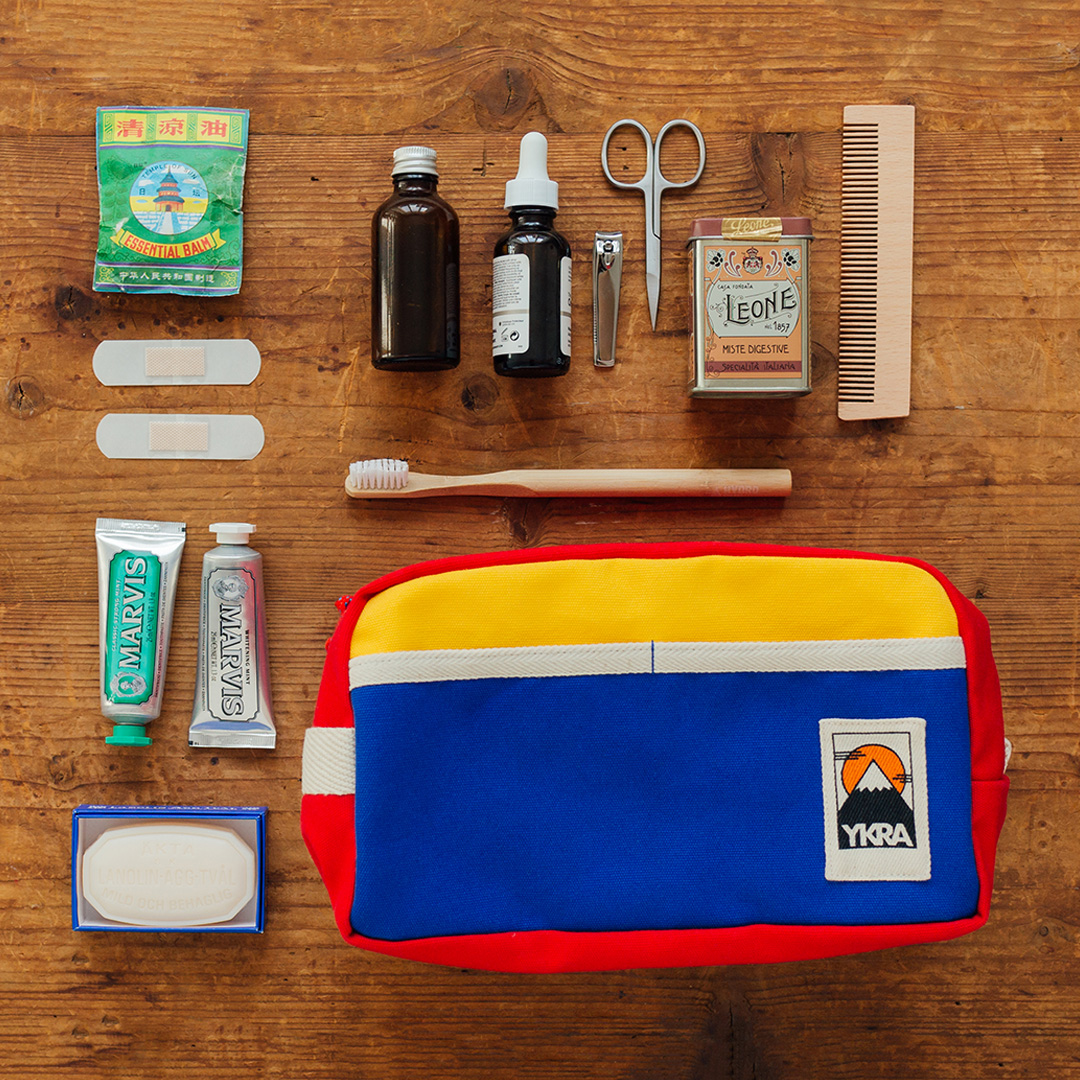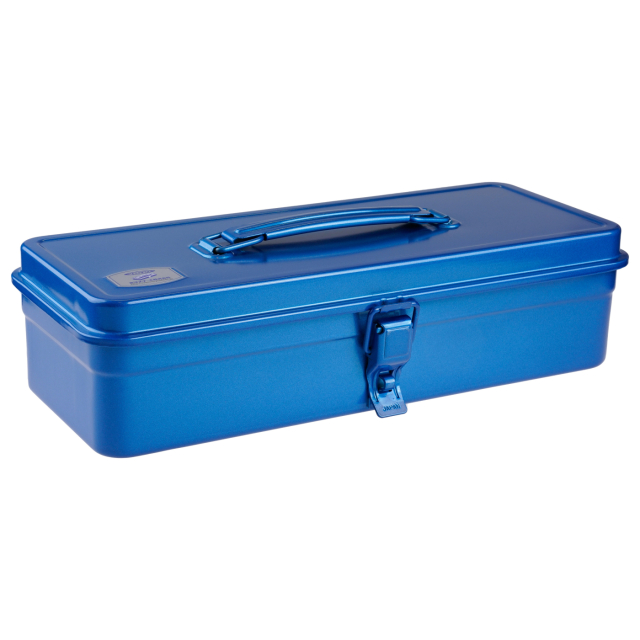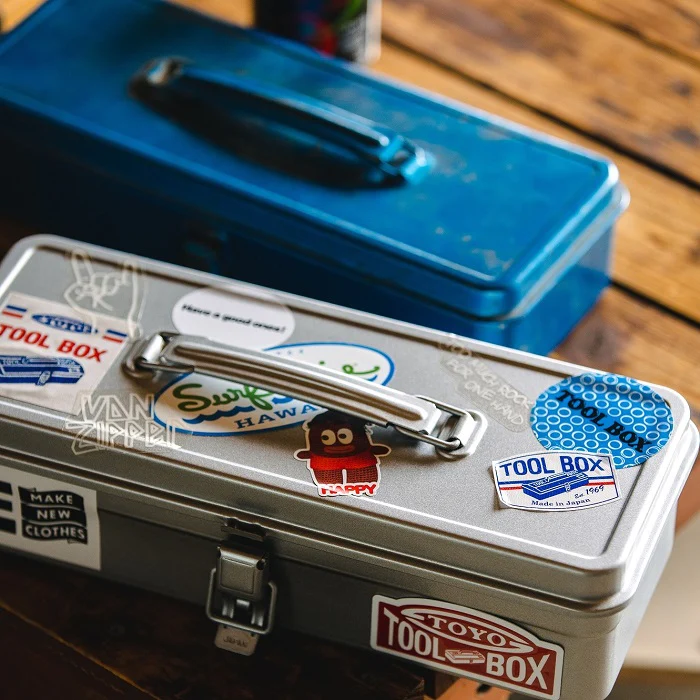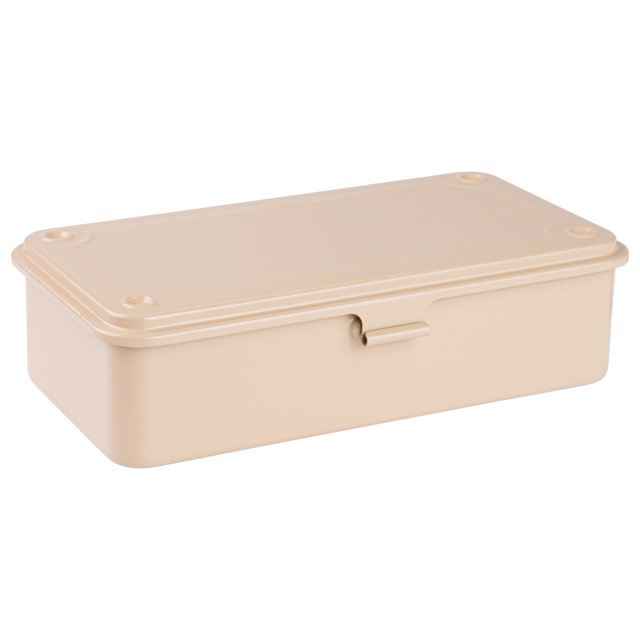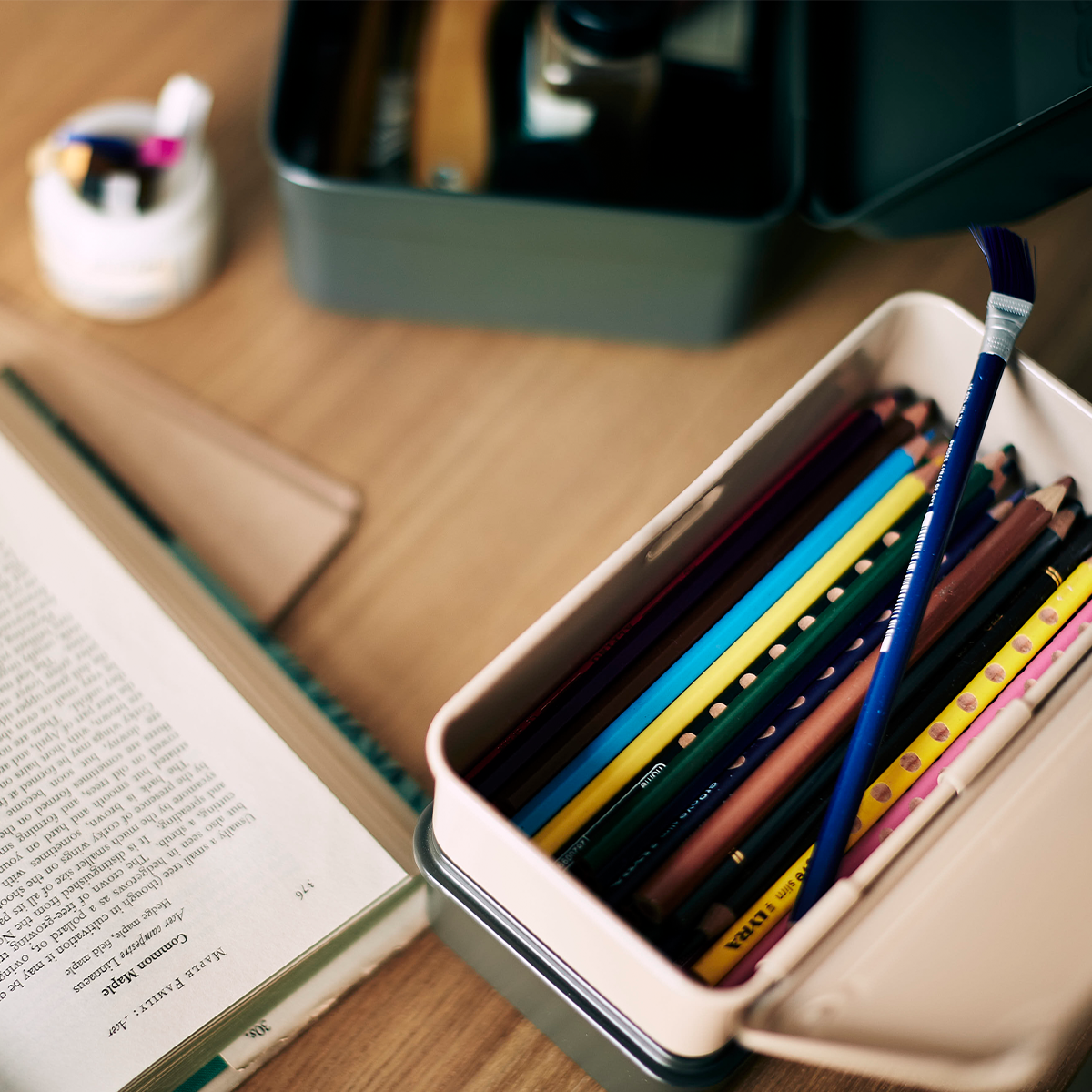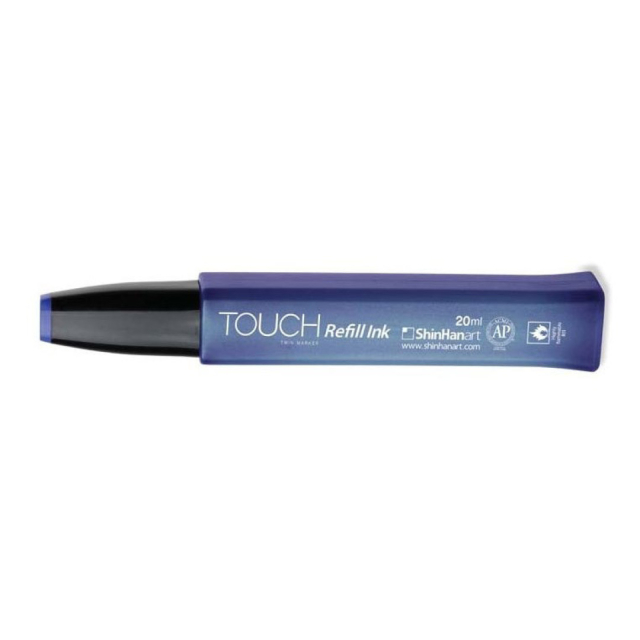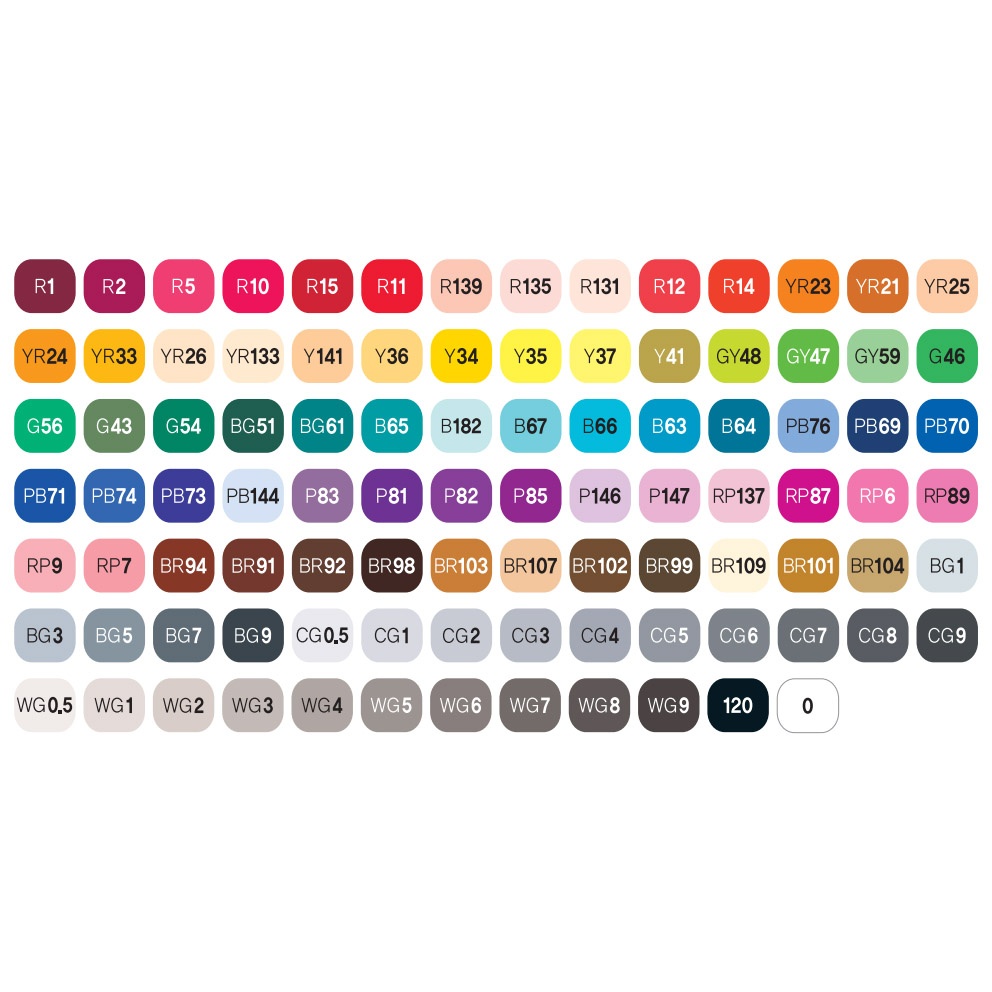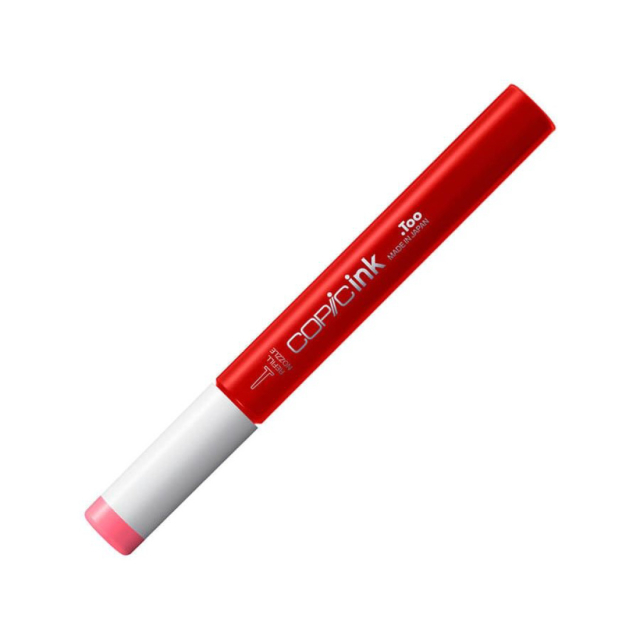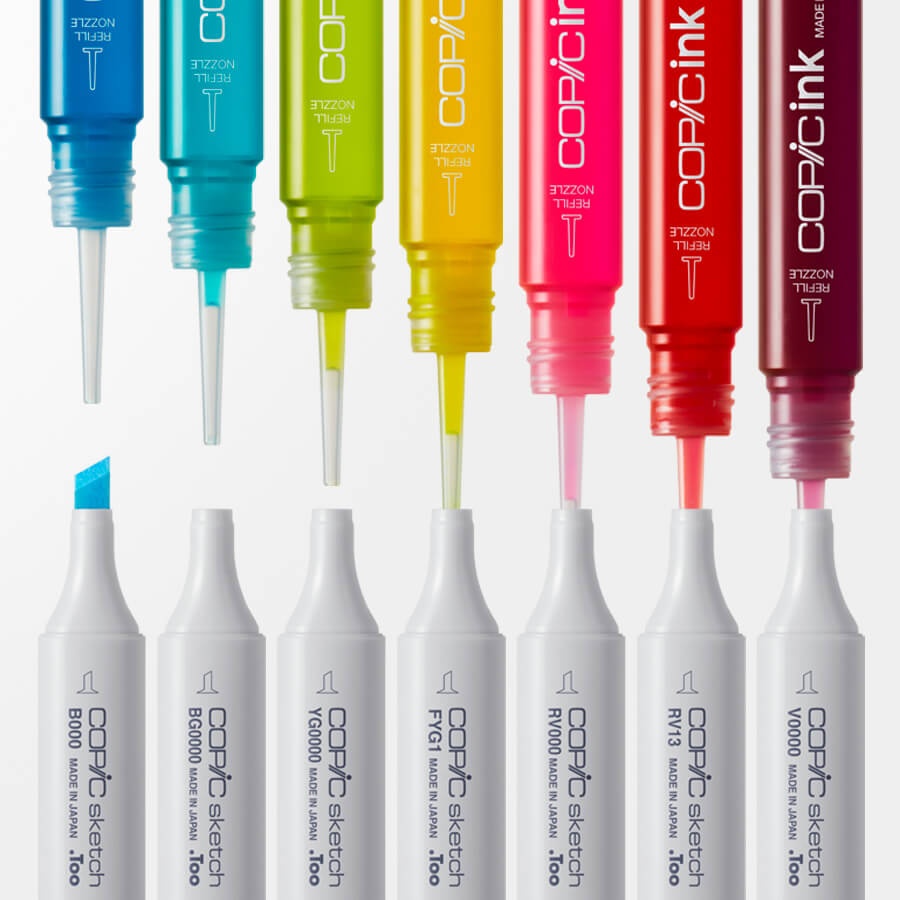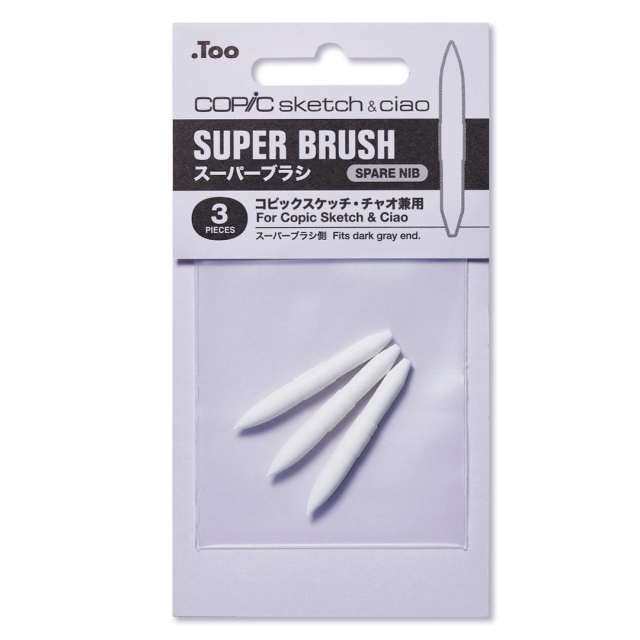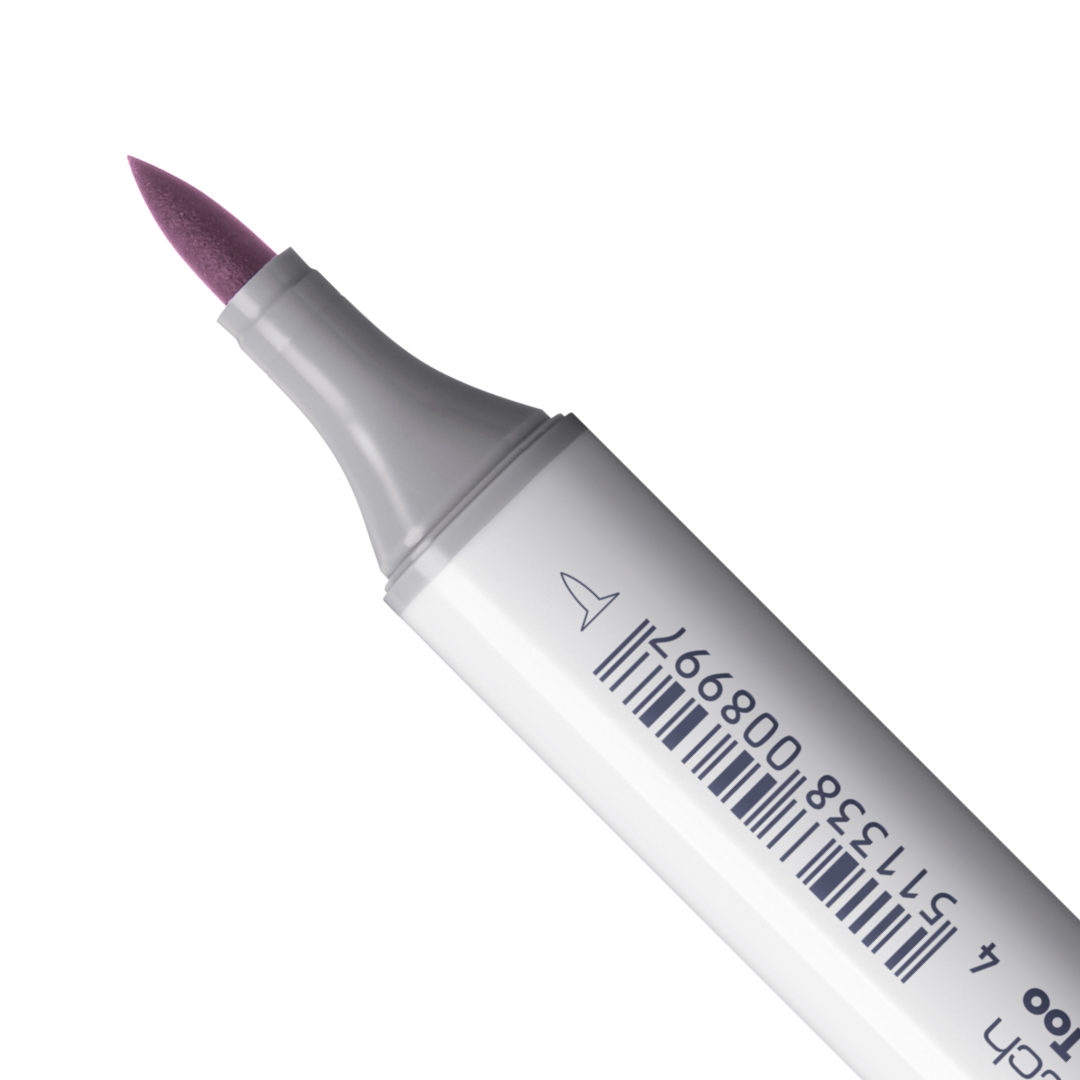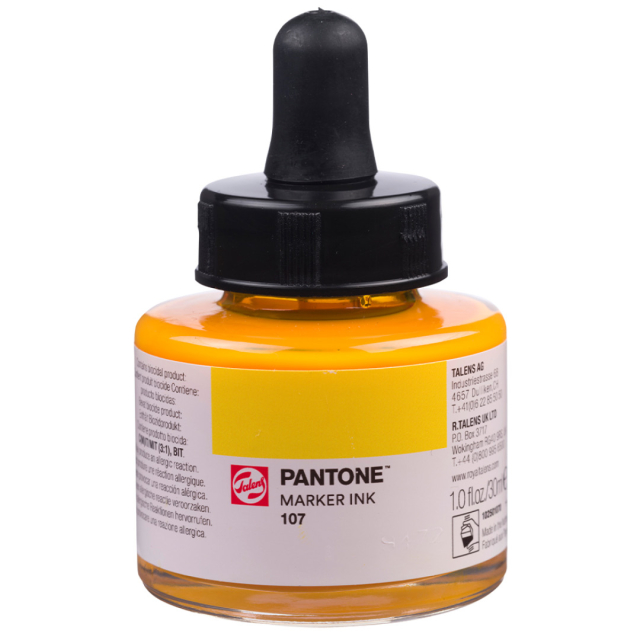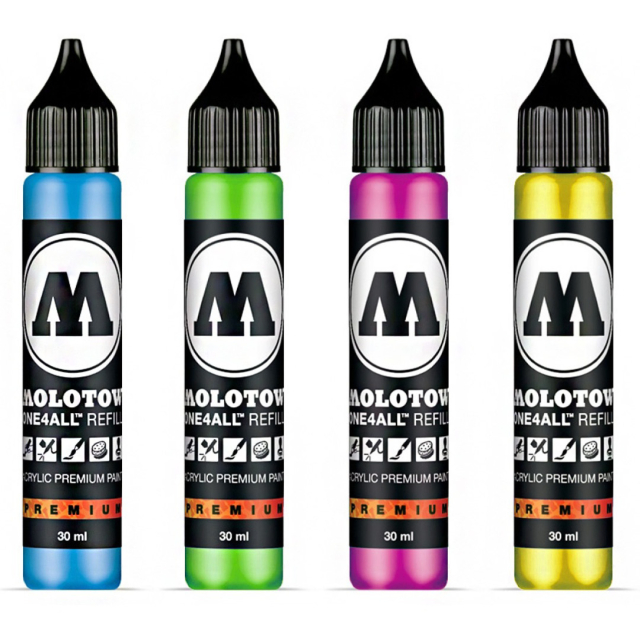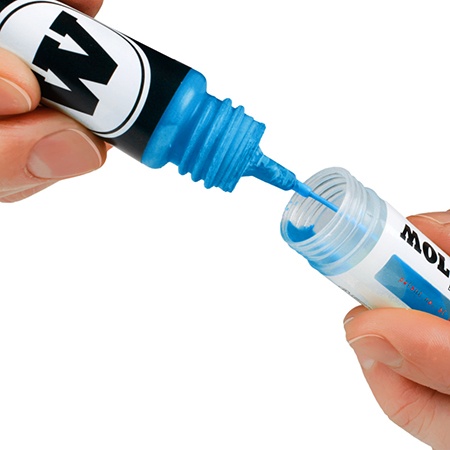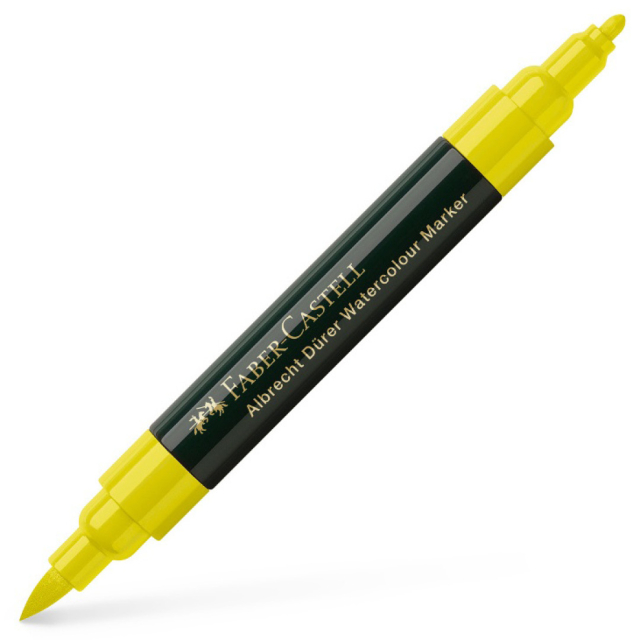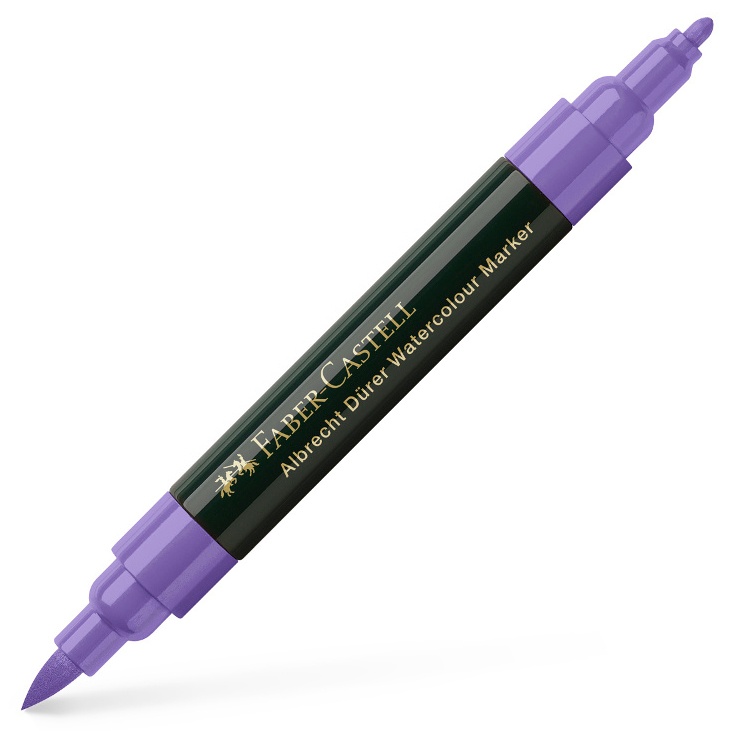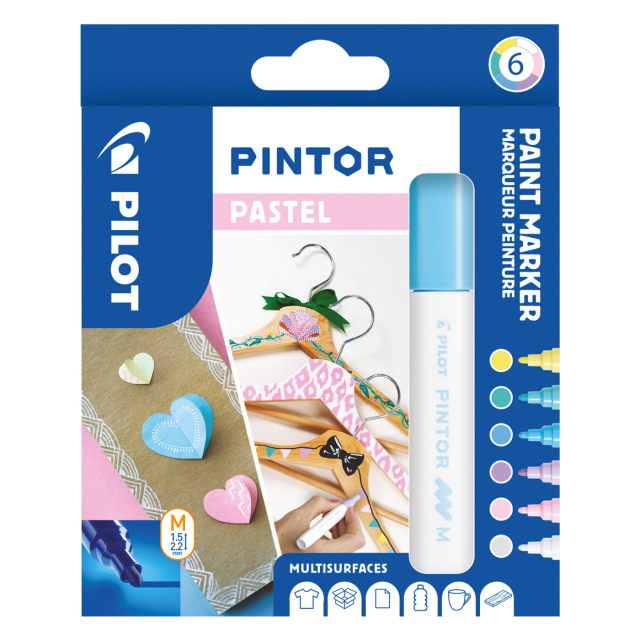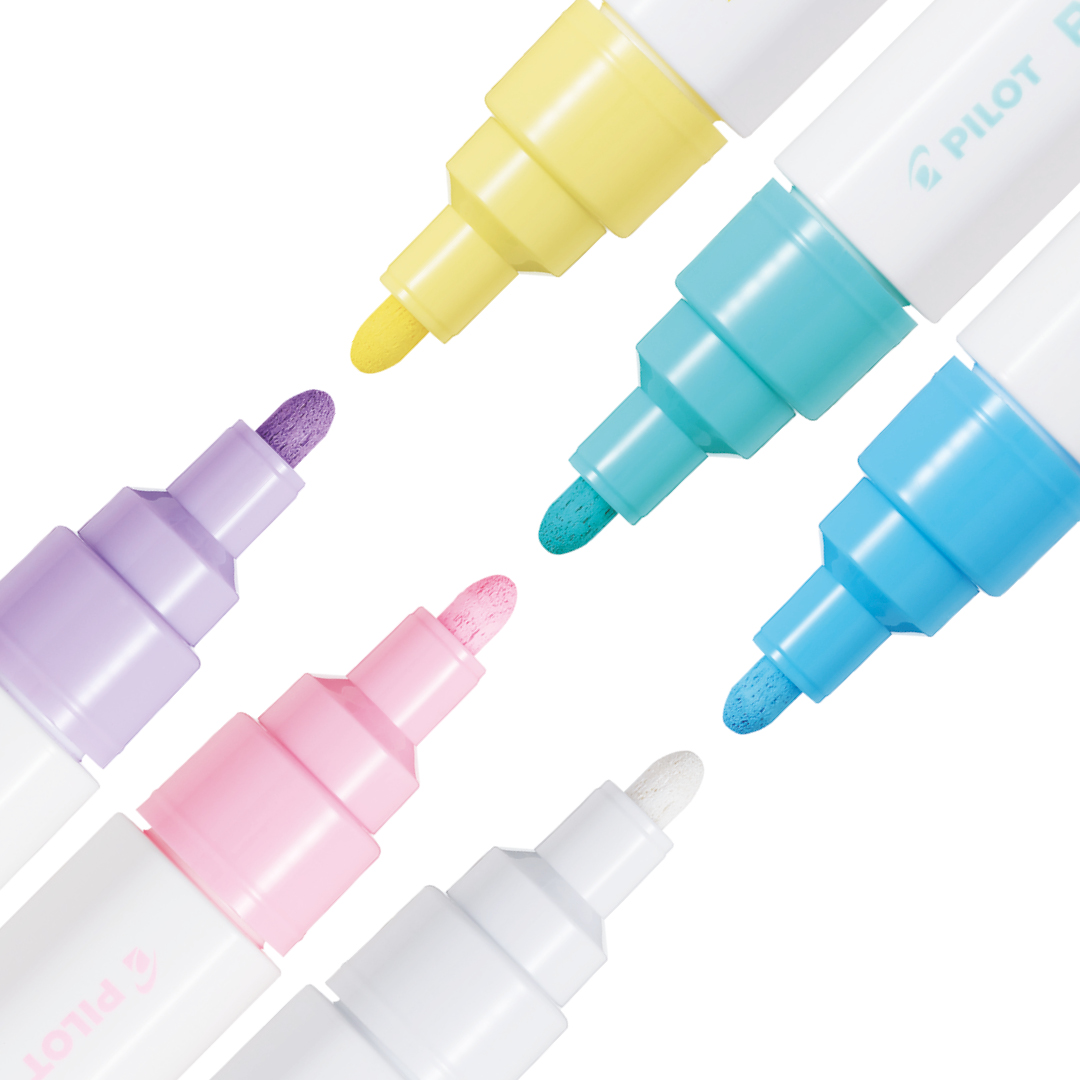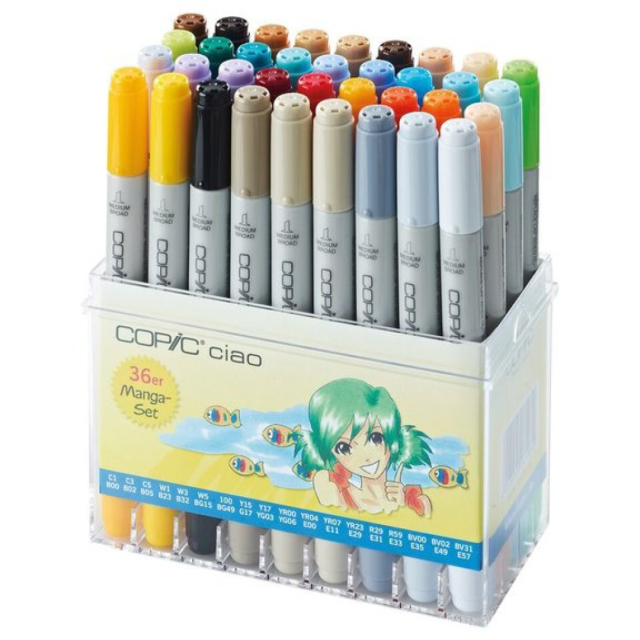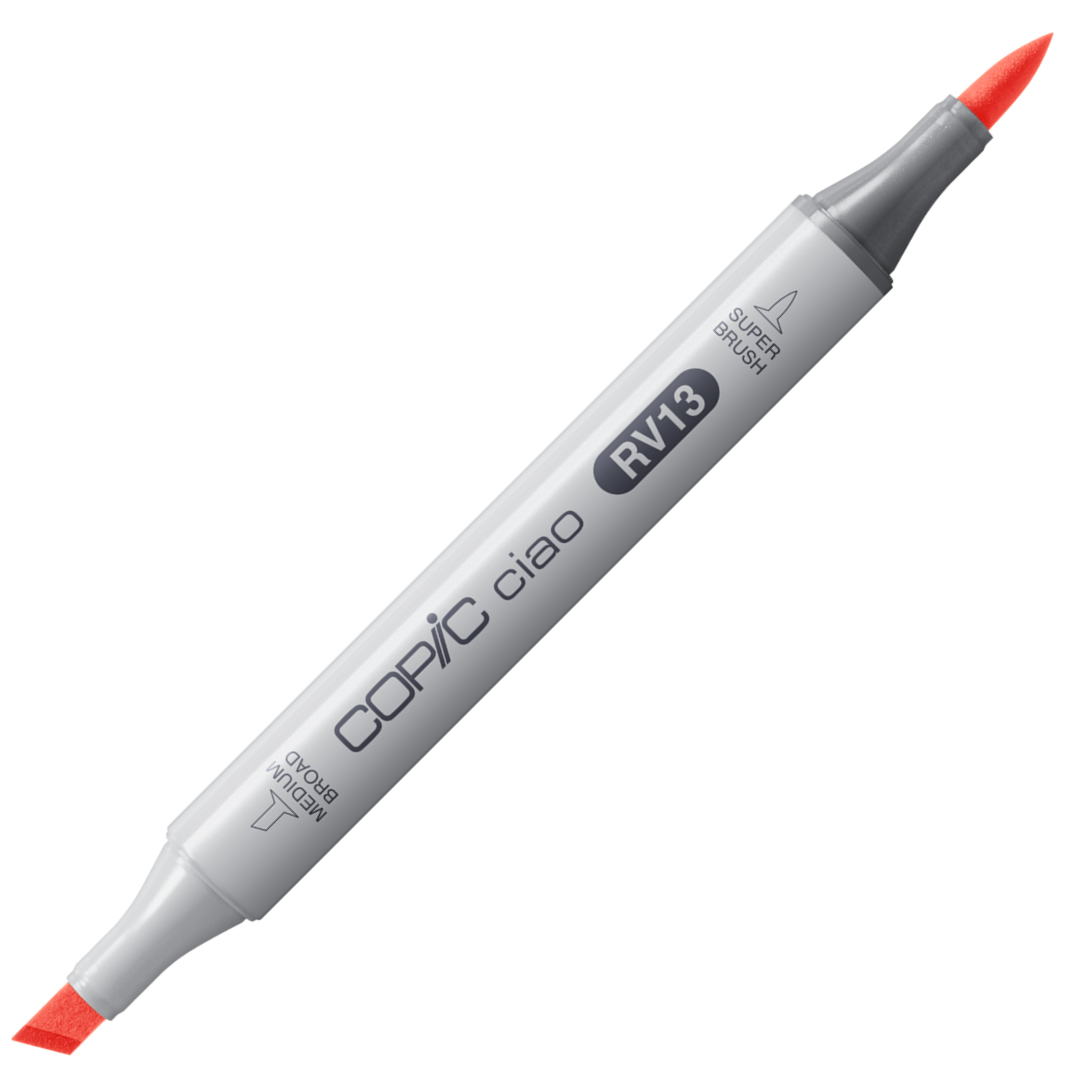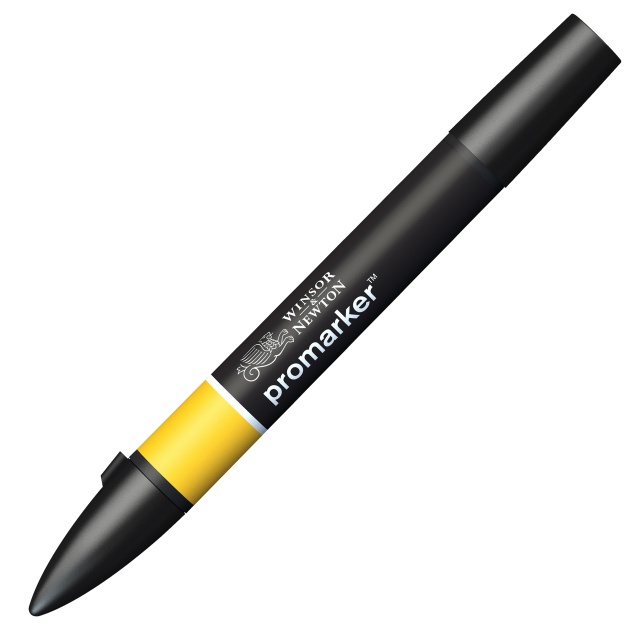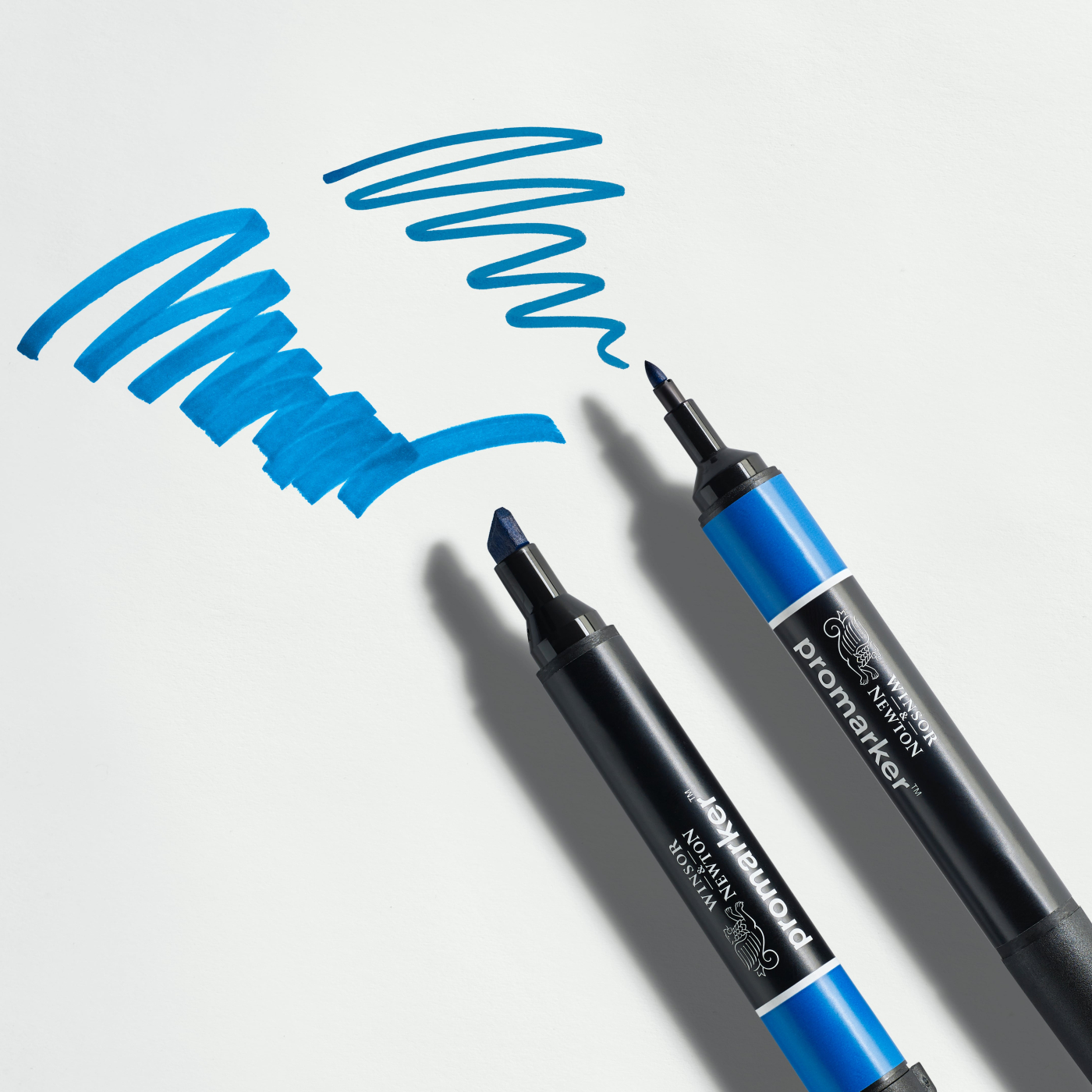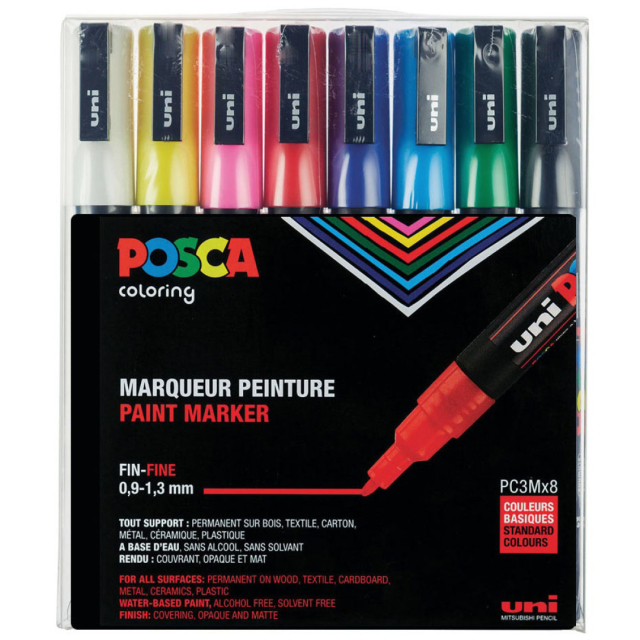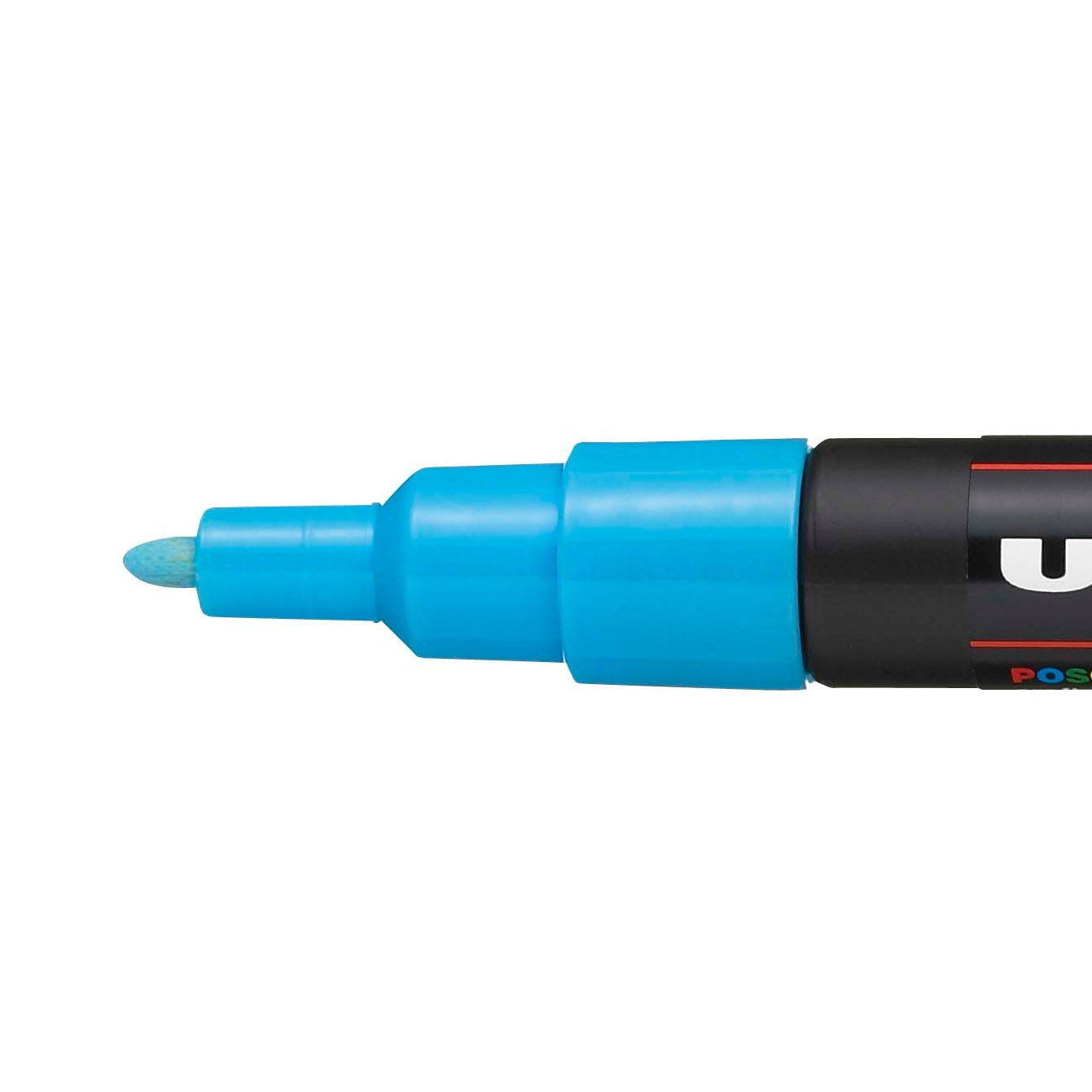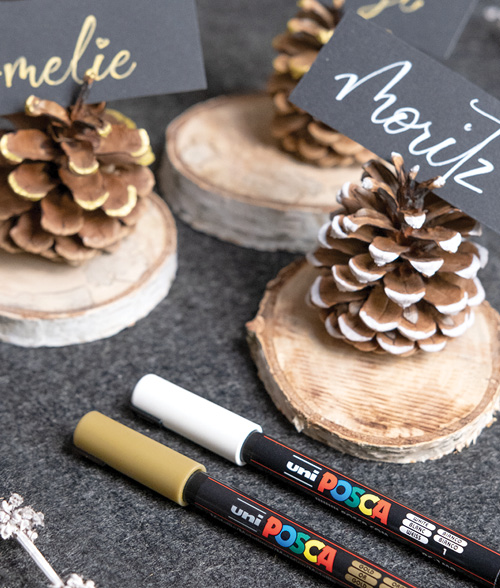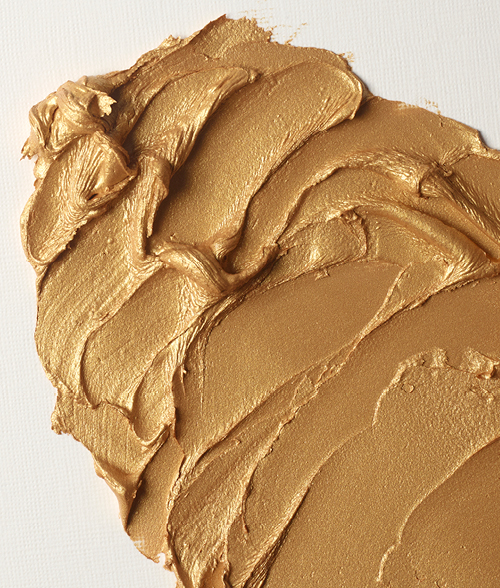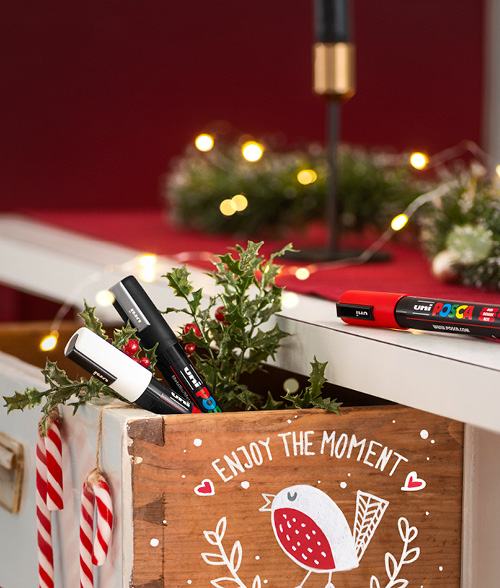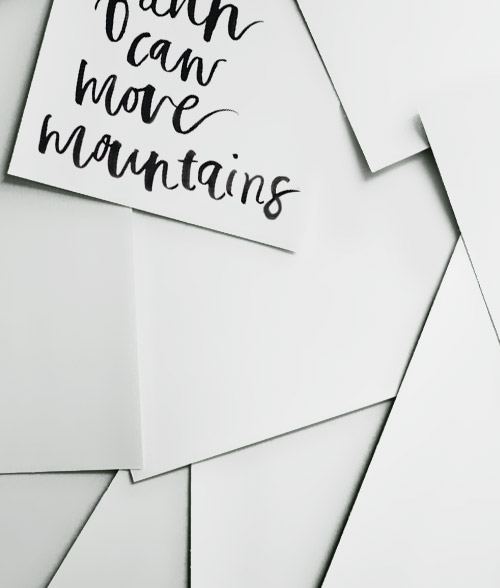Whether you’ve just unpacked your very first set of markers or you’re a seasoned illustrator, there are some basic care tips that will keep your pens in top shape. With the right maintenance, even the simplest marker can last much longer than expected.
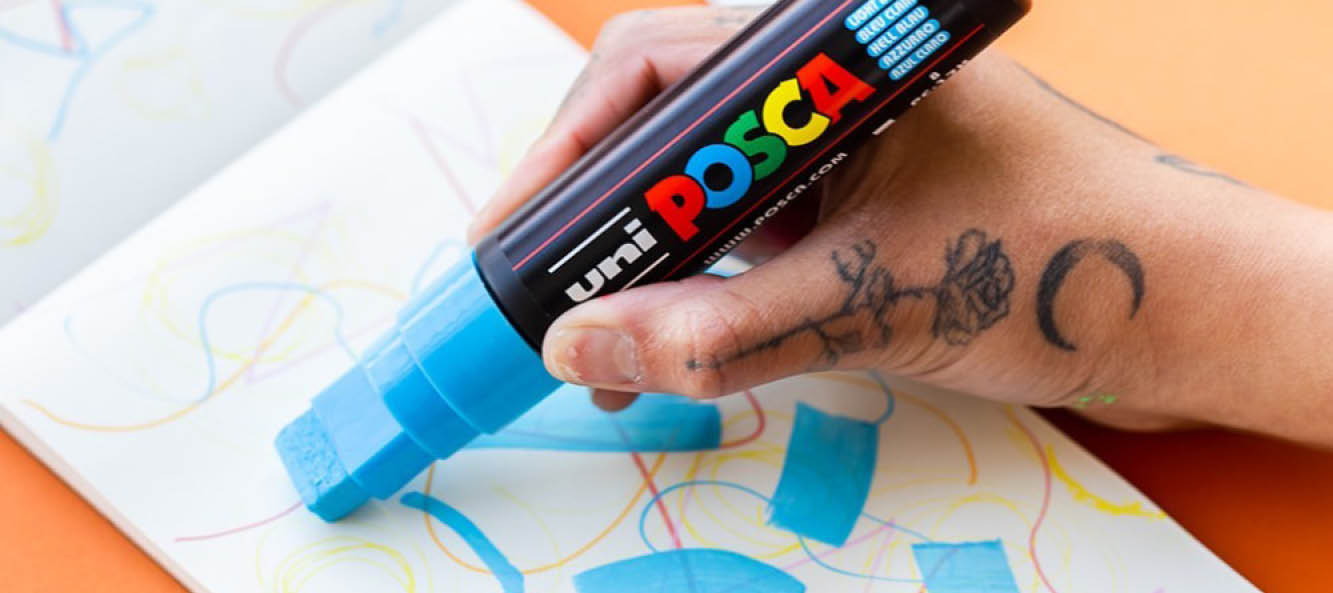
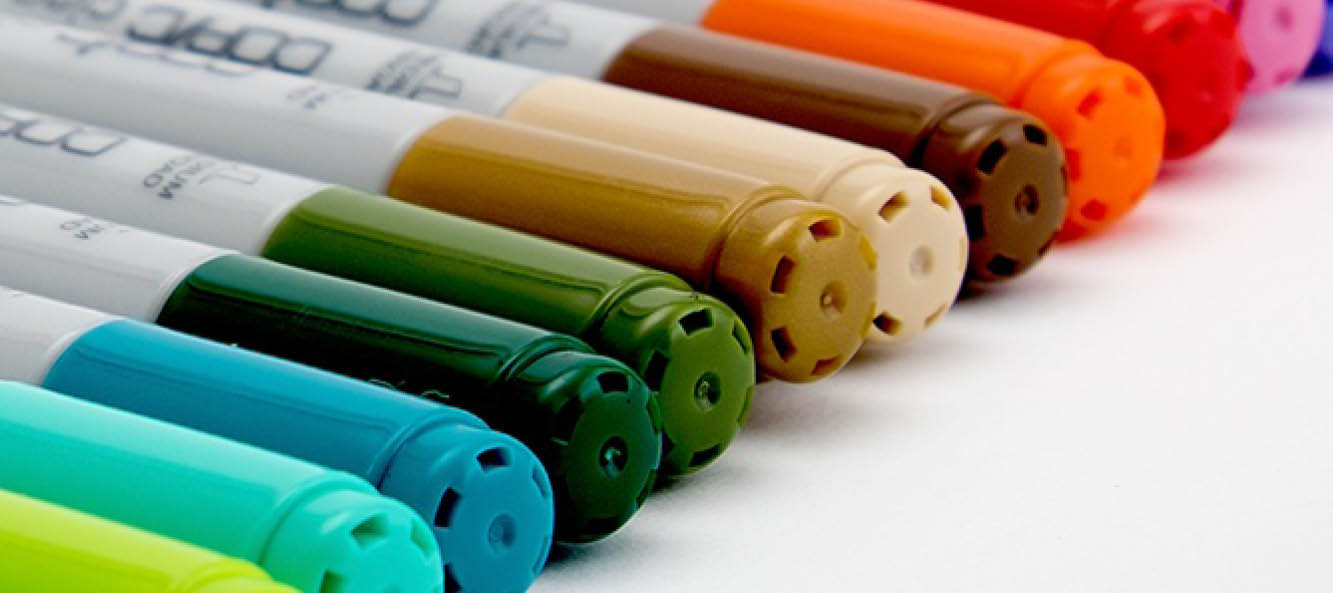
Storing your markers
Store your markers horizontally
Both water-based and alcohol-based markers should be stored with the cap on to prevent drying out. Water-based markers can be stored either horizontally or vertically, while alcohol-based markers should always be stored horizontally to prevent the ink from evaporating. For dual-tip markers, it’s generally better to store them horizontally regardless of ink type, as this helps ensure an even ink flow to both tips. If you’re unsure what kind of ink your marker uses, or if it’s dual-tip, the safest option is to store it horizontally.
Store your markers at room temperature
Direct sunlight and high heat can cause alcohol to evaporate, making the marker difficult to use. Cold storage conditions can also damage your markers, as the pigment may separate or change properties. Always store your markers at room temperature – ideally in dedicated cases or boxes that protect them from light and temperature fluctuations. We stock several sets that come in protective cases from brands like Posca and Promarker. For your creative workspace, some brands offer storage systems that keep markers horizontal with protected tips, while also making them easy to identify and access, including Copic and Talens | Pantone.
Cleaning your markers
Cleaning water-based markers
Warm water and a soft cloth are often enough to clean the nib and barrel of water-based markers. Gently wipe the tip on paper until no more colour comes off, then let it air dry completely before using again.
Cleaning alcohol-based markers
Use isopropyl alcohol (available from electronics stores or pharmacies under names like "rubbing alcohol") with the highest percentage possible, ideally 91% to 99%. Diluted alcohol may damage the delicate nib. Alternatively, you can use a dedicated cleaner such as Copic Cleaner 125 ml. Use the alcohol to remove ink residue from all parts of the pen, including the barrel and cap. Cotton swabs or tightly rolled paper are great tools for reaching into corners and the inside of the cap. Regular cleaning is essential, residue can prevent the cap from sealing properly, causing the nib to dry out, and leftover ink can build up on the nib and lead to uneven application.
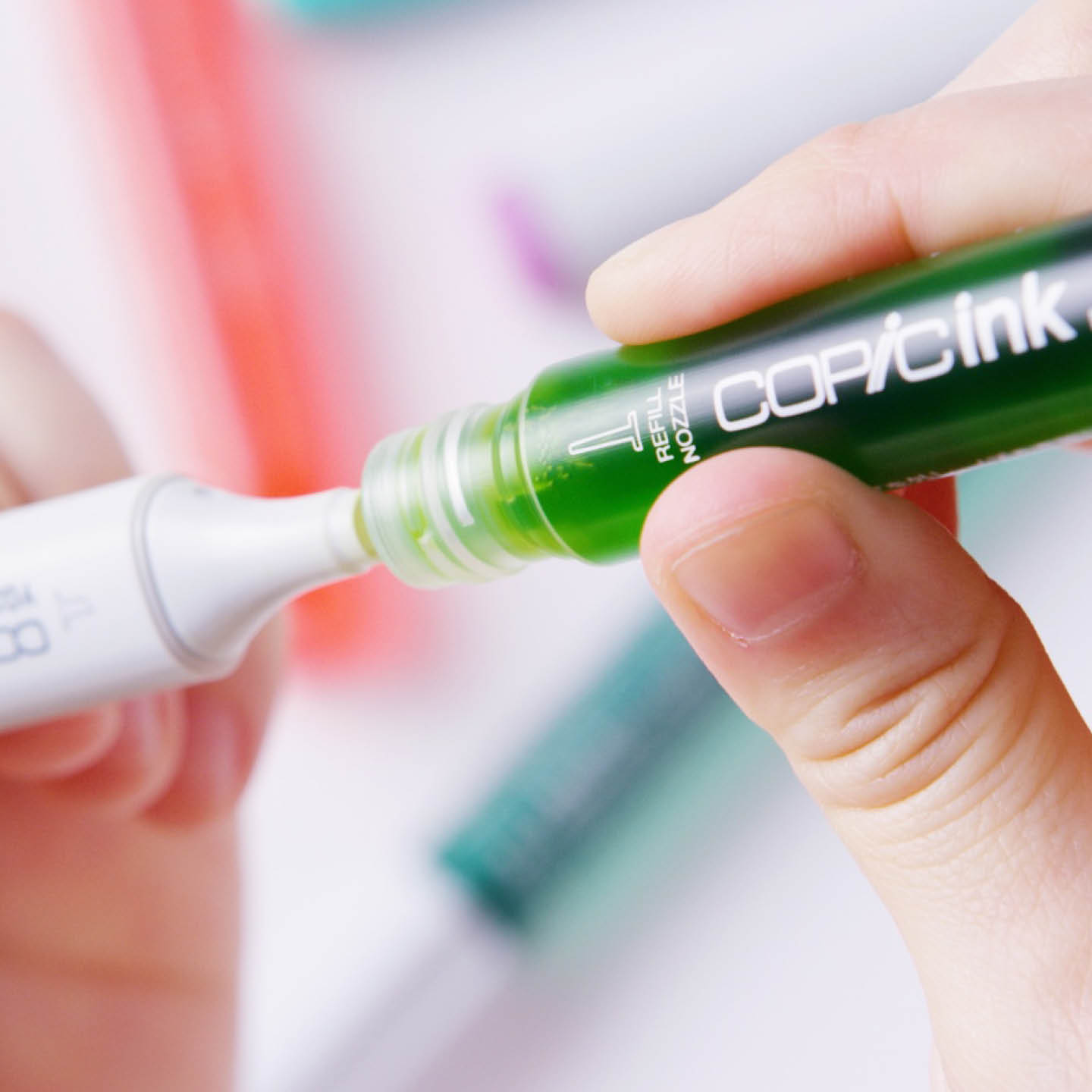
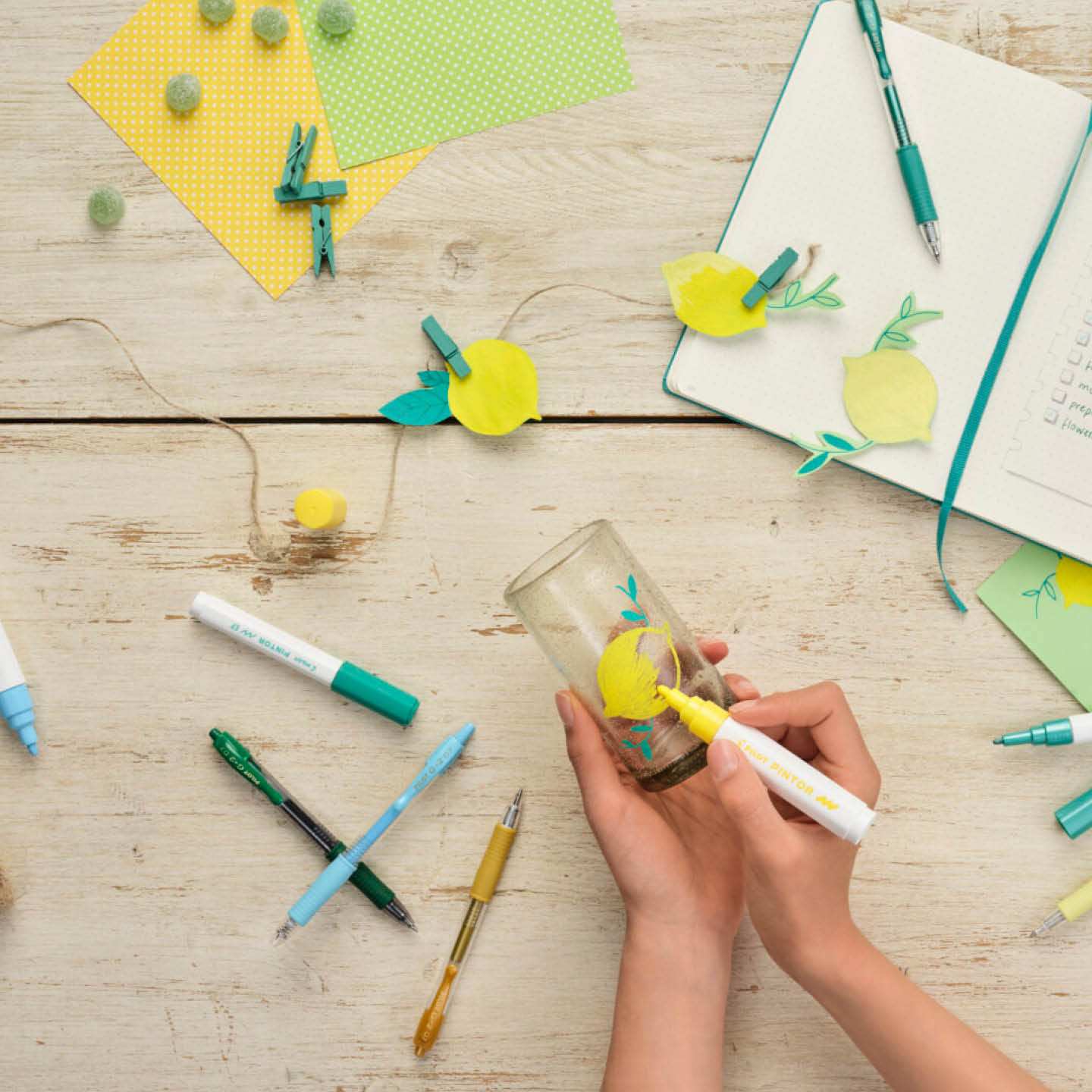
Refilling markers
Refilling water-based markers
Water-based markers, such as acrylic markers and watercolour markers, should only be refilled with water or a designated refill for your specific model.
Refilling alcohol-based markers
For alcohol-based markers, follow the steps below:
- Don’t wait too long. Avoid letting your marker dry out completely before refilling, this can damage the nib.
- Choose the correct refill. Make sure your refill matches the brand, series and exact colour number. Using the wrong formula can dissolve the nib or damage internal parts. Even a slightly different number might cause problems down the line, especially when using colour charts or following tutorials.
- Refill the marker. There are several techniques: carefully drop the ink onto the broad nib and let it absorb into the barrel, or gently remove the nib with tweezers and insert the dropper directly into the barrel. Avoid overfilling by knowing how much ink your marker needs, up to 3 ml may be required, depending on how dry it is. Add ink gradually to prevent leakage.
- Let the marker rest. After refilling, let the marker lie flat for a while so the ink distributes evenly.
Common questions about marker care
How do I remove permanent marker from clothing?
If you’ve accidentally marked your clothes, act quickly. For alcohol-based markers, try hand sanitiser or nail polish remover on a discreet area of the fabric first. You can also soak the stain in milk and then wash the item as usual. For water-based markers, treat the stain with dish soap before machine washing. The sooner you act, the better the chances of removal.
What paper should I use for markers?
Using the right paper is key to achieving the best results. Marker paper has a special surface that keeps ink on top and enables smoother blending. This is especially important for alcohol-based markers, which require thicker paper to prevent bleed-through. For water-based markers, watercolour paper also works well. Avoid regular copy paper as it absorbs too much ink and can cause uneven results.
My marker gives uneven ink flow, what’s the cause?
Uneven ink flow is often due to low ink levels or prolonged vertical storage. Try shaking the marker gently and storing it horizontally for a few hours. If the issue persists, it may need to be refilled. For alcohol-based markers, it’s important to let the marker rest flat after refilling to ensure even ink distribution.
My marker tip is damaged. Can it be saved?
Tips can fray or lose shape over time, especially with rough paper. Some high-quality markers have replaceable nibs, Copic is one example. Always check the product description to see if your model supports nib replacement. Some tips are not designed to be removed, and attempting to do so may cause permanent damage.
What should I do if my marker has dried out?
For water-based markers, moisten the tip with a little water and leave the cap on for a few hours. For alcohol-based markers, use refill ink to revive the nib, or apply a small amount of alcohol or cleaner to rehydrate it. Prevent drying out by always replacing the cap properly after use and refilling the marker as needed.
Do I need to refill both tips on my dual-tip marker?
No. Both tips are supplied by the same internal ink reservoir. Therefore, refilling from one end is enough. If you’re removing a tip to refill directly into the barrel, always remove the broad nib, it’s much more durable than the fine brush tip.
 United Kingdom (GBP)
United Kingdom (GBP)
